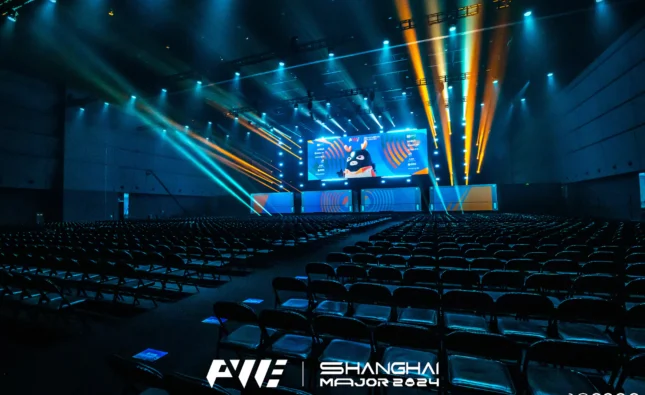
The landscape of competitive gaming, or esports, is transforming the way we view athletic participation, particularly among young people. While opinions on video games vary widely—ranging from passionate endorsements to staunch criticisms—esports have gained significant traction in the United States. This phenomenon is particularly evident on college campuses and K-12 schools, where esports are not only embraced but celebrated for their diverse benefits.
Esports share many of the advantages traditionally associated with athletics, such as teamwork, leadership, communication, and sportsmanship. However, they come without some of the challenges found in traditional sports, such as travel for games and practices or the physical risks of injury. These qualities make esports especially appealing in light of recent global events like the COVID-19 pandemic, which has underscored the need for accessible, inclusive, and safe forms of competition.
What Are Esports?
Esports, often mistakenly conflated with casual video gaming, involve organized competitive gameplay between teams, governed by established rules and guidelines. Participants have a broad range of games to choose from, including popular titles like Minecraft, Super Smash Bros., Rocket League, Valorant, and even classic games like chess. As a parent, teacher, and esports team coach at the University School of Milwaukee (USM), I’ve had the privilege of witnessing the myriad benefits that esports bring to students, both in personal growth and community development.
Building Community
One of the standout benefits of esports is their ability to foster a sense of community. They provide a welcoming avenue for students who may not be drawn to traditional sports but still wish to engage in team dynamics and skill-building activities. Esports transcend typical social boundaries, encouraging inclusivity across diverse groups. Whether in virtual arenas or physical esports facilities, players form bonds through shared experiences, enhancing school spirit and creating friendships. Official esports teams, such as the one at USM,
function under the guidance of coaches or advisors, ensuring a supportive environment.Fostering Social-Emotional Learning Skills
Esports also play a significant role in developing social-emotional learning (SEL) skills among participants. Regardless of gaming prowess, players cultivate essential interpersonal skills by forming teams, seeking mentorship, collaborating, and competing against peers they might not otherwise interact with. Engaging in gameplay fosters relationships and social connections, all while reinforcing positive school spirit. Just like any athletic team, esports players encounter challenges and setbacks, which cultivate resilience and perseverance. They must also be adaptable, learning to implement new strategies and work cohesively with teammates—skills that extend far beyond the screen.
Connecting Students to STEM Education
Moreover, esports serve as an effective bridge to the realms of STEM (science, technology, engineering, and mathematics). The analysis of data, strategic reviews, and proficiency in computer hardware and software are integral components of improving team performance. Engaging with these technical aspects offers students practical exposure to STEM fields, often igniting interest in pursuing related careers. The analytical skills developed in esports can lead to enhanced problem-solving abilities, a vital asset in today’s increasingly tech-driven world.
Convenience for Busy Families
The convenience that esports offer is another appealing feature, especially for busy families. The ultimate goal of USM’s esports program is to create a dedicated space for students to engage in gaming together, fostering team cohesion without the need for extensive travel. Unlike traditional sports, where practice and game locations can vary significantly, students only need to travel to school for matches or practices. This accessibility makes esports an attractive option for students and families alike, as it reduces logistical challenges and enables greater participation.
Meeting Kids Where They Are
In a digital age where laptops, gaming consoles, and smartphones dominate the lives of many young people, esports provide a meaningful opportunity for students to connect and build community in spaces where they already feel comfortable. The appeal of popular games within the esports realm naturally attracts students, allowing them to collaborate with classmates, make new friends, and even engage with alumni. This existing interest helps to lower barriers to entry and encourages participation among students who might be hesitant to join traditional sports teams.
Conclusion
The rise of esports represents more than just a trend; it signifies a shift in how young people engage with competition, teamwork, and community. As we continue to navigate the evolving landscape of education and extracurricular activities, the benefits of esports stand out as a beacon of inclusion, skill development, and social connection. With their capacity to foster community, teach critical skills, and bridge the gap to STEM education, esports are proving to be a valuable addition to the educational experience, setting the stage for future opportunities in competitive gaming and beyond.

















